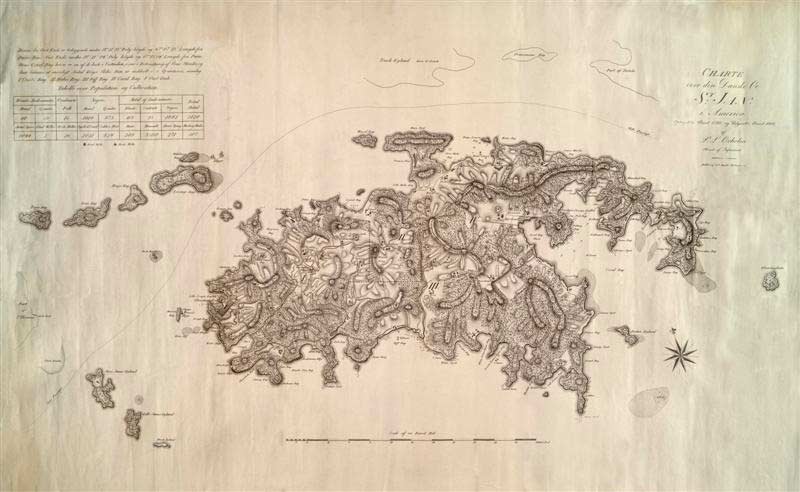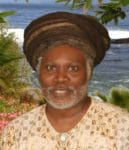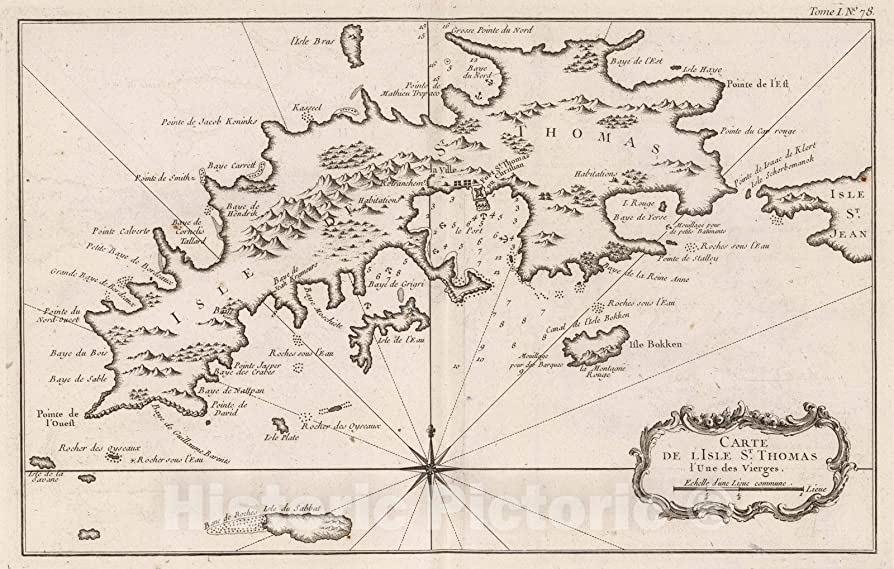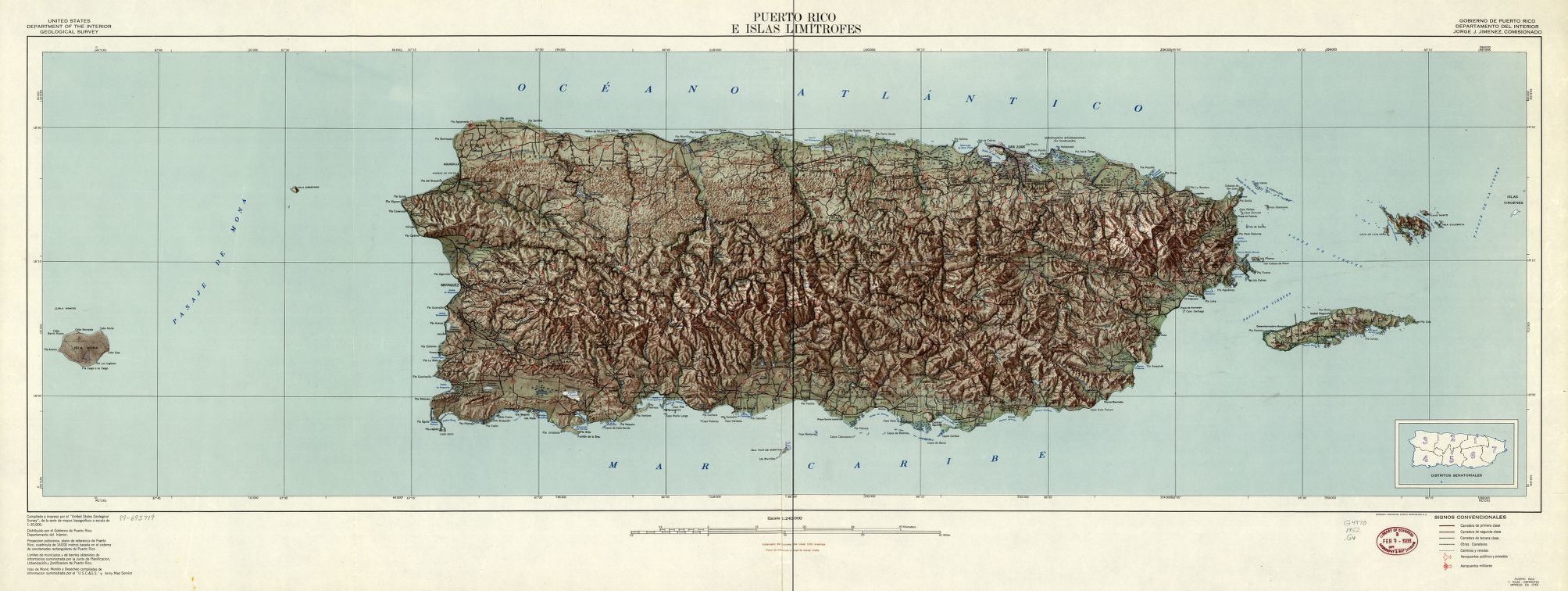
The other day, I was giving a brief history to hikers of how the island of St. John became part of the Danish West Indies. My good friend and colleague at the University of the Virgin Islands, the late Dr. Arnold R. Highfield, in his last book, titled “Georg Hjersing Host’s Account of the Island of St. Thomas and Its Governors recorded there on the Island from 1769 until 1776,” included a small section on St. John colonization.

During the 14th and early 15th century, the Spanish had a monopoly in the West Indies. Pope Alexander VI, who was the head of the Catholic Church as well as ruler of the Papal States, gave sovereignty of all America to Spain. Also, the 1494 Treaty of Tordesillas cemented the cause where Spain and Portugal had an agreement to divide the world into two spheres of influence.
This imaginary dividing line among these two countries ran down the center of the Atlantic Ocean, leaving the Americas to Spain and West Africa and beyond the Cape of Good Hope to Portugal. However, by the early 16th century, other European powers entered the West Indies. Spain, which dominated the Caribbean for decades, had to be content with other European powers in the region.
Spain had no choice and from this period on the battle to colonize the West Indies was a political fight or military warfare. Denmark was a late comer. She was the last colonial power to establish herself in the Caribbean region in the late 1600s. As Denmark entered the West Indies, she was challenged by both the English and the Spanish.
Nevertheless, the Danish king protested to His Majesty of Great Britain concerning her sovereignty over the island of St. Thomas. As a result, the British Majesty responded to the Danes by replacing the then present governor of the Leeward Islands with William Stapleton, instructing him to extend friendship with the colonists on St. Thomas.
In 1675, the Danes made their first attempt to settle the island of St. John, but they were rejected by the British. Thus, this was the beginning of a long political fight to decide whether Britain, Spain, or Denmark would own St. John. However, in the 1680s, Denmark and Britain were not on friendly terms with each other. This trouble came about between the two countries due to Danish rule of St. Thomas under the Esmit brothers and Gabriel Milan trading openly with pirates.

During Adolph Esmit’s rule of St. Thomas, the island gained a reputation of being a haven for pirates, something that the British were trying to stop. The Danes were also in trouble over Crab Island (Vieques), with both countries claiming ownership of Vieques and St. John. The question is why Denmark ventured into the tropics after 1650, taking great risk of conflict with stronger European countries, while she had enough problems of her own in the Baltic.
The answer is clear. To gain a foothold of economic prosperity in the West Indies. From the beginning, the Virgin Islands were a business venture based in Copenhagen. The primary shareholders were the King of Denmark and many other prominent members of the royal administration. King Christian V made it known that he found it beneficial to form a company in the interests of commerce, which was set forth in the establishment of the West India Company’s Charter of 1671.
According to the late Dr. Waldemar C. Westergaard, a professor of history at the University of California, “Chartered in 1671 with monopolistic privileges, it had successfully established slave-based plantation colonies in St. Thomas and St. John, which its ships kept supplied with European manufactured goods and foodstuffs, as well as captive laborers obtained from three fortified trading outposts that it maintained on the west coast of Africa.”

Despite strong opposition from foreign countries, the Danes still maintained their claims to ownership of Crab Island (Vieques) and St. John. Therefore, from a political point of view, there is no doubt that Denmark’s desire for economic gain provided the primary incentive to expand in the West Indies as well as the colonization of St. John.
In 1686, Mikkel Mikkelsen, a high-ranking company official, advised the Danish government to abandon the efforts to settle St. John. This retreat not to settle St. John was probably due to the internal political fights of the Danish government and from strong protests from foreign powers.
Nevertheless, in 1715 before Governor Mikhel Krone of St. Thomas retired, he informed Denmark that he was going to inspect Crab Island (Vieques) and St. John. He claimed the soil on St. Thomas was losing its fertility, and drought pushed provision costs up and cane failed in the ground. Therefore, planters were looking for virgin land.
The Danish Company didn’t address Krone’s issue until the following year when a new governor, Governor Eric Bredal, reported many planters wanted to move to St. John. However, they were afraid of British retaliation. The British Governor Hamilton arrived on St. Thomas in 1717 to tour all the Virgin Islands.
While visiting St. Thomas, Hamilton warned the Danes that the British would not tolerate cutting of timber on St. John. The Danes also learned that the British inspected Crab Island and St. John in 1716. So, the Danes felt compelled to claim both islands. In fact, the British occupied Crab Island since the spring of 1716.
In 1718, it was a critical year for the Danes to control St. John. Meanwhile, Governor Hamilton was under pressure by planters from Spanish Town, Tortola, and Anguilla to settle St. Croix due to the worst drought in memory of the British colonies. However, easier said than done, as British planters who wanted to settle St. Croix knew the island was occupied by the French.
The British planters described St. John as a “small barren mountainous island.” Therefore, the island was given low priority by the British, although they knew St. Croix was owned by the French. However, there is a deeper reason the Danes wanted St. John. First, for many years the Danes cut timber on St. John and they were familiar with the island’s potential natural resources.
Secondly, the geographical location between St. Thomas and St. John is perfect strategically. It is only two miles between the islands. And thirdly, probably foreign policy influenced the Danes to settle St. John, which is closer to St. Thomas than Crab Island, which is near to Puerto Rico. Although the Spanish accepted the Danes on St. Thomas, their relationship was not harmonious.
Spain failed to take control of St. John because of the colonists’ refusal to act, although the Spanish government gave them the go ahead. For the English, they also failed to take control of St. John. England was unwilling to support the British colonists although they once controled the Danish West Indies for a short period of time. Thus, St. John remained a Danish possession until 1917 when the island was purchased by the United States from Denmark.
– Olasee Davis is bush professor who lectures and writes about the culture, history, ecology and environment of the Virgin Islands when he is not leading hiking tours of the wild places and spaces of St. Croix and beyond.





